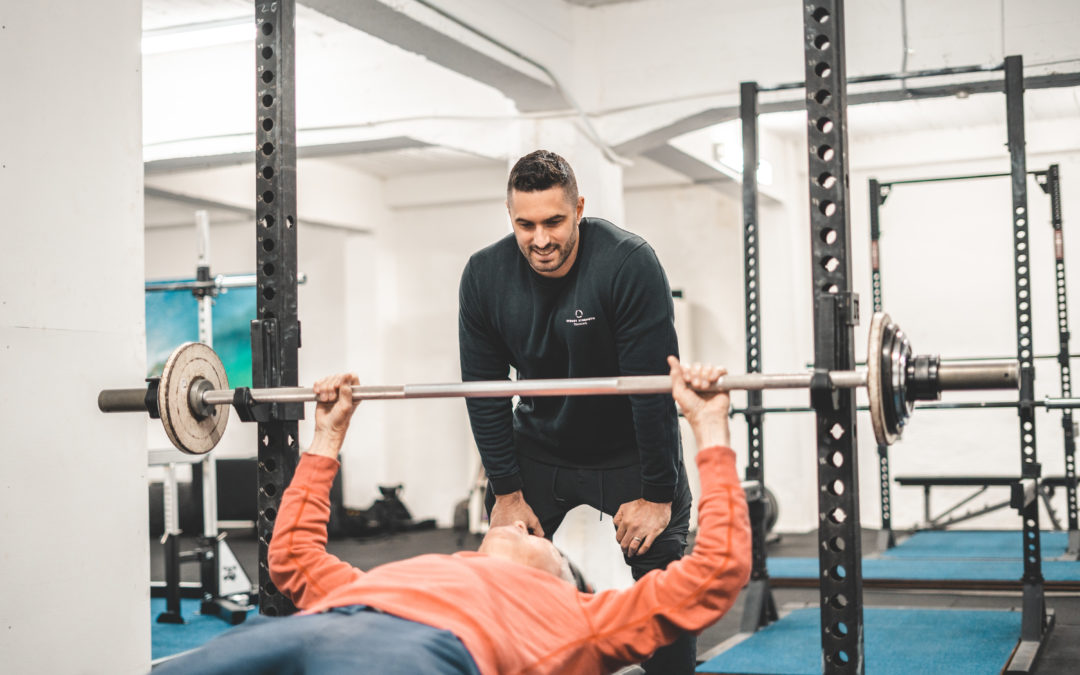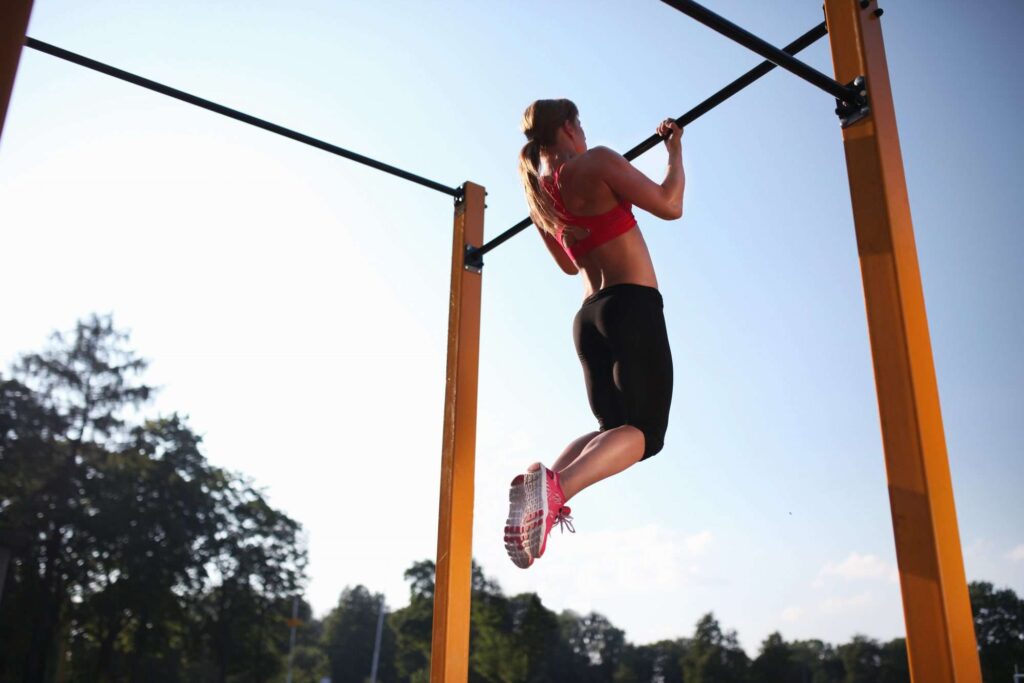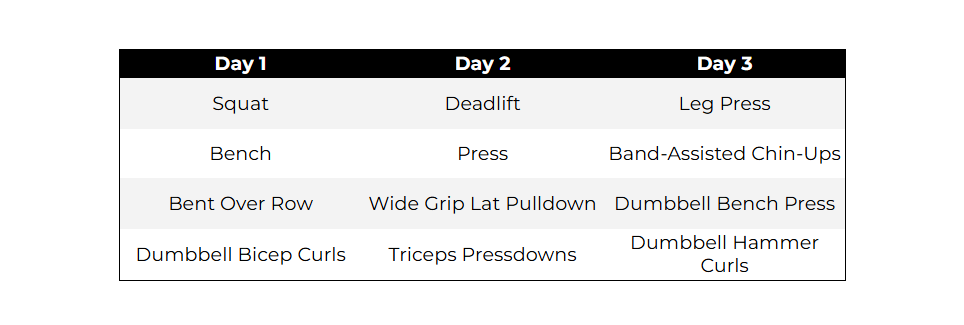Chin-ups look awesome, don’t they? Maybe you were inspired by Sly’s one-arm pull-ups in Rocky II or Linda Hamilton’s gritty set in Terminator II. Both are iconic examples of this strength feat, one that’s firmly embedded in pop culture. Whether it’s about looking athletic, having a well-defined back, or simply being able to lift your own bodyweight, chin-ups are a popular goal. Still, with around 77.6% of adults aged 18–64 failing to meet activity guidelines¹, it’s no surprise chin-ups feel out of reach for many. In this blog, we’ll cover three key questions:
Why are chin-ups so difficult?
- Why are chin-ups so difficult?
- How do I get strong enough to do one?
- How long does it take to learn a chin-up?
By the end, you’ll know what to focus on and how to build your very own chin-up from the ground up.
Why are chin-ups so difficult?
At face value, chin-ups seem easy. Just reach up, grab the bar and pull, right? Not quite. To perform one, you need to lift your entire bodyweight using mostly your back muscles such as the latissimus dorsi with support from your biceps, brachioradialis, posterior deltoid, and forearms. The challenge comes down to strength-to-weight ratio. A lighter person with decent muscle mass in the right areas will usually find them easier. On the other hand, many people simply don’t yet have enough strength or may need to lose some body fat to make pulling up more manageable. The movement itself is relatively simple and doesn’t require much coaching. The biggest limiter is raw pulling strength and thankfully, that’s something you can train. If you’re unsure where to start, working towards meeting physical activity guidelines such as full body resistance training twice weekly is a great start².
How do I get strong enough to do a chin-up?
Chin-ups are absolutely trainable. However, when you can’t do them, your go-to move is the Lat pulldown. This exercise targets nearly all the same muscles used in a chin-up. To support that, add rows (for mid-back and arms), direct biceps work, and compound lifts like squats, presses, and deadlifts for full-body and trunk strength. Band-assisted chin-ups can also help build familiarity with the movement, though they’re easiest at the bottom where chin-ups are actually hardest. That’s why pulldowns and curls still matter, to train the hardest portion of the movement. Here’s an example of a basic program to help you build toward your first rep:
How long does it take to learn a chin-up?
It depends on where you’re starting from and how consistent you’re willing to be. If you’re relatively new to resistance training and carrying some excess body fat, it could take several months to over a year. That’s okay. This isn’t a race. On the flip side, many people who’ve strength trained for a while and maintain a decent body composition can often pull off a few chin-ups, even without focused practice. By engaging in a well-balanced strength training program, your back, arms, and midsection will get stronger and more muscular, making attaining a chin-up easier. That being said, having a specific performance goal we find does two things: increases focus in session, and consistency across sessions by working towards a clear, rewarding goal. Chin-ups aren’t just a cool skill. They’re a great benchmark of upper-body strength.
Experience the coaching difference
If you want to master this strength skill and others, our expert coaches are ready to help. We’ll assess where you’re starting from, build a personalised plan, and guide you step-by-step. Your program will be tailored to your schedule, strengths, goals, and preferences. That’s how we help you reach new heights (in this case, literally). If you’re ready to start your journey toward your first chin-up or other strength and performance goals, get in touch with us today.


